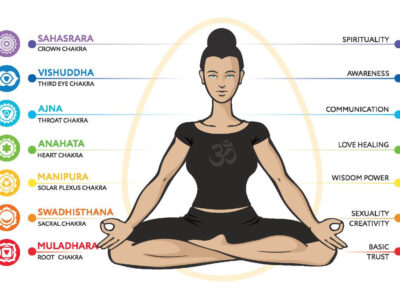Yoga has long been considered a holistic approach to fitness and wellness, with countless individuals reaping the benefits of this ancient practice. When it comes to incorporating yoga into your routine, one question often arises: how often should you do yoga? The answer depends on various factors such as your individual goals, current skill level, and overall lifestyle. In this article, we will explore the different dimensions of yoga practice frequency to help you find the right balance for your needs.
Setting Your Goals
Before determining the ideal frequency of yoga sessions, it’s crucial to identify your primary goal for practicing. Are you aiming for increased flexibility, improved strength, stress reduction, or a combination of these benefits? Here are some common objectives that can help guide you in deciding how often to roll out your mat:
- Flexibility: If improving flexibility is your main aim, consistent practice is key. Consider practicing at least three times per week to progressively stretch and lengthen your muscles.
- Strength: For those seeking enhanced muscular strength and endurance, a combination of yoga styles practiced three to five times per week can be effective.
- Stress Reduction: To reap the calming effects of yoga on the mind and body, regular practice – even if only for a few minutes each day – is beneficial.
- General Fitness: Incorporating yoga as part of a well-rounded fitness routine can involve two to four sessions per week, depending on other activities in your schedule.
In addition to these specific objectives, it’s essential to consider how much time you can realistically allocate to your yoga practice. Creating a sustainable routine that fits your lifestyle will help ensure long-term success and enjoyment.
Understanding Different Yoga Styles
With numerous types of yoga available, it’s important to recognize that the frequency and intensity of your practice can vary depending on the style you choose. Some practices emphasize strength and vigor, while others focus on relaxation and stretching. Here’s a brief overview of popular yoga styles and their impact on practice frequency:
Vinyasa and Power Yoga
These dynamic styles are known for their continuous flow of movements and postures, often incorporating elements of strength training. If Vinyasa or Power Yoga is your preferred practice, three to four sessions per week can yield noticeable results in terms of both stamina and flexibility.
Hatha and Iyengar Yoga
These slower-paced styles place emphasis on proper alignment and holding postures for longer durations. Practicing Hatha or Iyengar Yoga two to three times per week can be beneficial for developing balance, flexibility, and overall body awareness.
Yin and Restorative Yoga
Characterized by long-held passive stretches and supported poses, Yin and Restorative Yoga aim to release tension and promote relaxation. These gentle practices can be done more frequently – even daily – to complement other activities or as a means of stress reduction.
Finding the right mix of styles tailored to your goals and preferences can enhance the quality and consistency of your yoga practice.
Considering Your Skill Level and Experience
Your current level of experience with yoga also plays a role in determining the ideal practice frequency. For beginners, it’s advisable to start slow and gradually increase the number of weekly sessions as your body acclimates to the new movements and postures. Here’s a breakdown of how often to practice yoga based on your experience:
- Beginners: If you’re brand new to yoga, aim for two to three sessions per week to build a solid foundation.
- Intermediate: For those with some yoga experience under their belt, practicing four to five times per week can help refine technique and deepen understanding.
- Advanced: Seasoned yogis may choose to practice daily or even multiple times per day, depending on individual goals and lifestyle factors.
Regardless of skill level, it’s crucial to listen to your body and adjust your practice accordingly. Rest days are essential for recovery and growth, so be sure to strike a balance between challenge and restorative sessions.
Finding Your Unique Yoga Path
Ultimately, there is no one-size-fits-all answer to how often you should practice yoga. The key lies in finding the frequency that best aligns with your goals, preferences, and lifestyle. By considering the factors discussed in this article – goal-setting, yoga style, and experience – you will be well-equipped to create a personalized yoga routine that maximizes both enjoyment and progress.








Comments